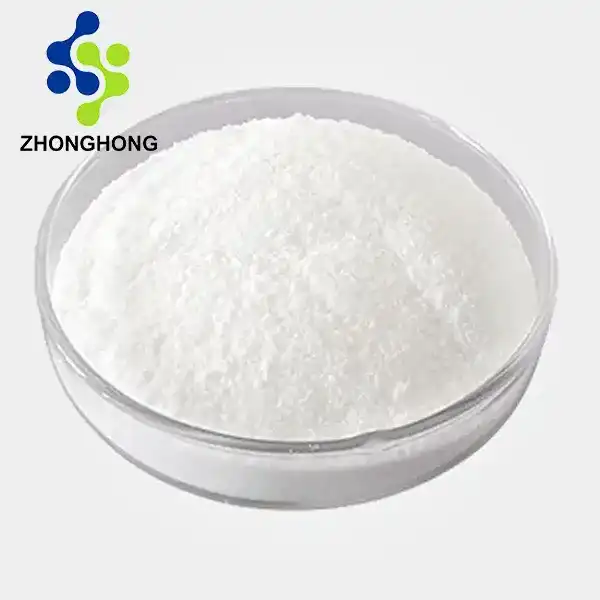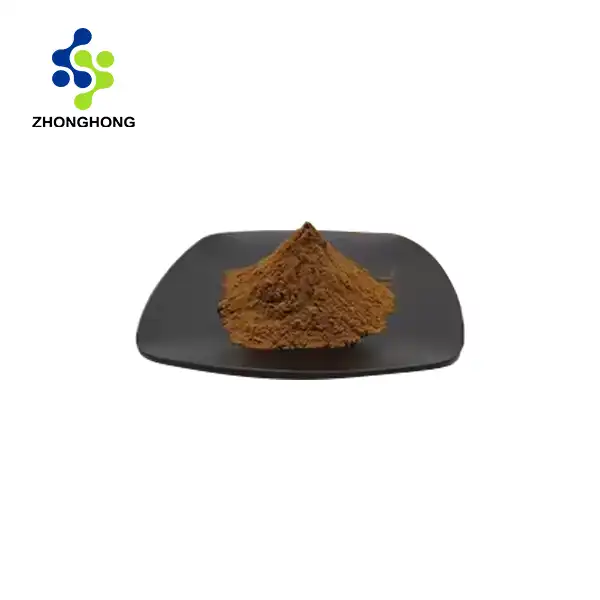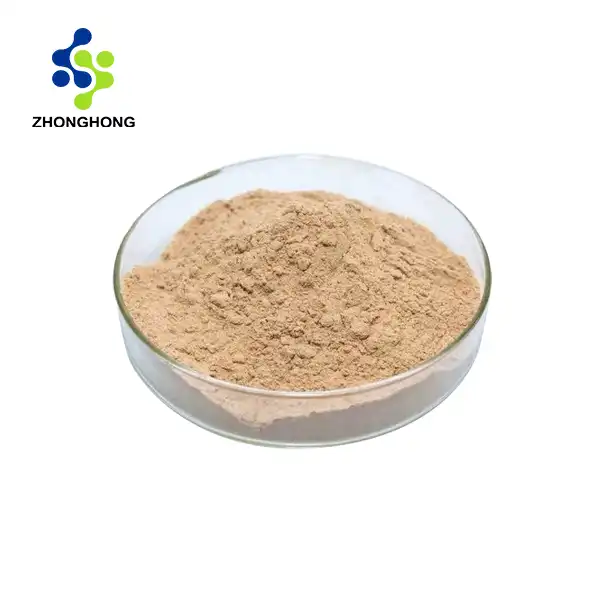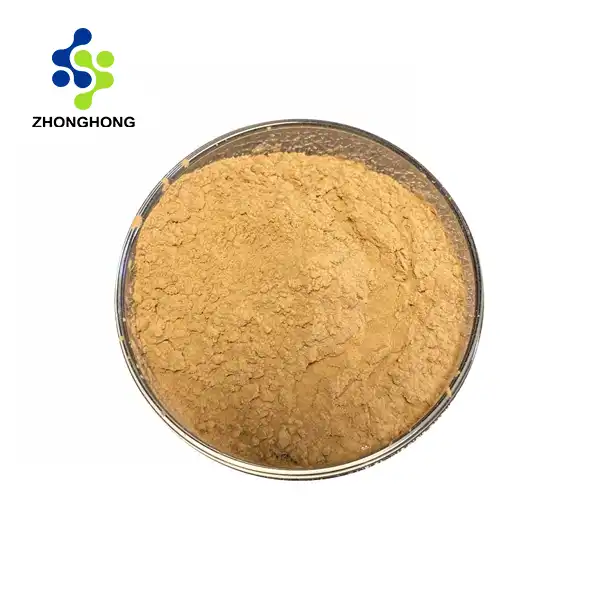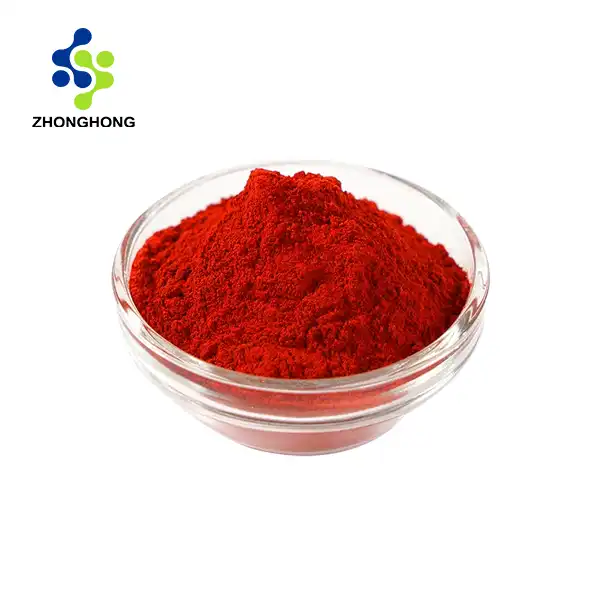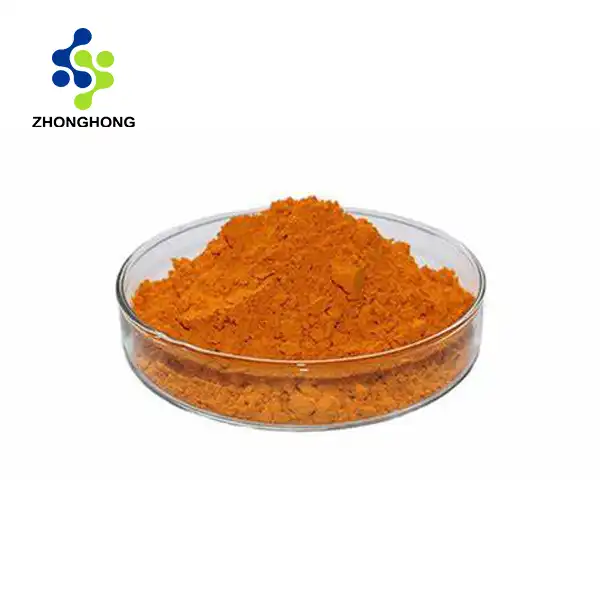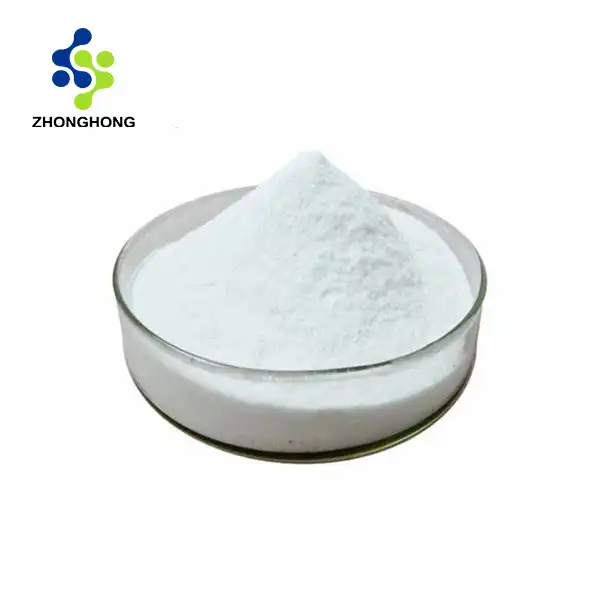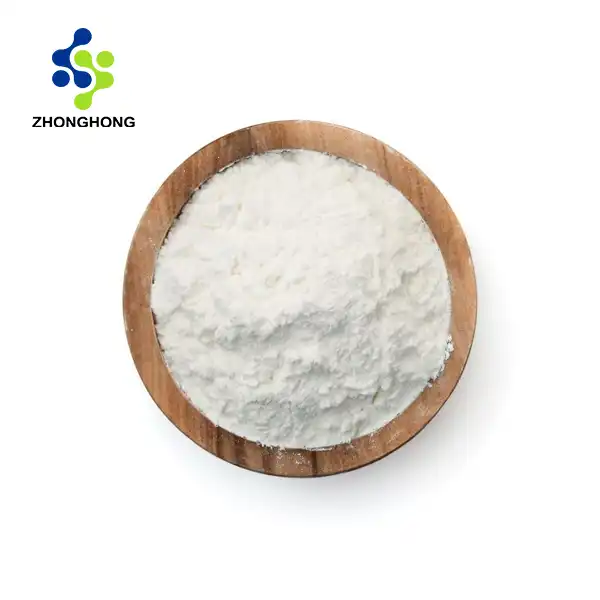Purifying chitosan powder is an important technique for ensuring the quality and efficacy of this versatile biopolymer. The purification of chitosan powder involves several stages, including deacetylation, deproteinization, demineralization, and decolorization. These techniques aim to purify the whole chitosan powder, determine the level of deacetylation, and remove contaminants. To make high-quality pure chitosan, start with high-grade chitin, which is commonly derived from crab shells. The deacetylation method includes heating chitin in a strong alkaline solution, often sodium hydroxide. This process removes the acetyl groups from the chitin molecule, turning it to chitosan. Deproteinization and demineralization are the next processes, which entail treating the material with dilute acids and bases to remove proteins and minerals. Finally, decolorization with oxidizing agents or activated carbon aids in the removal of pigments and other colored impurities. To get the best results and keep the required qualities of the chitosan powder, exact control over temperature, pH, and reaction durations must be maintained throughout the purification process.
Preparation and Pre-treatment of Chitosan
Sourcing high-quality chitin
Obtaining high-quality chitosan powder begins with getting premium chitin. Chitin is mostly derived from crustacean shells, specifically those of shrimp, crab, and lobster. When choosing raw materials, consider the species, harvest season, and processing techniques. Cold-water crustacean shells frequently produce high-quality chitin. Furthermore, correct raw material storage and handling are critical to preventing deterioration and preserving the chitin structure's integrity.
Initial cleaning and grinding
The crustacean shells are thoroughly cleaned to remove organic matter and debris prior to the purification process. In order to get rid of any remaining proteins or other contaminants, this step typically entails washing the shells with water and mild detergents. In the wake of cleaning, the shells are dried and ground into a fine powder. The effectiveness of the subsequent purification steps is significantly influenced by the ground shells' particle size. A uniform distribution of particle sizes, typically ranging from 0.5 to 2 mm, is achieved through optimal grinding, facilitating improved chemical penetration and reaction during the purification process.
Preliminary deproteinization and demineralization
Pivotal pre-treatment steps in the chitosan refinement prepare incorporate preparatory deproteinization and demineralization. To get freed of proteins that are bound to the chitin structure, deproteinization includes treating the ground shells with a weakened antacid arrangement, ordinarily sodium hydroxide. Regularly, this step is carried out for 1-3 hours at temperatures between 65 and 100 °C. Demineralization takes after, utilizing debilitate hydrochloric destructive to break down calcium carbonate and distinctive minerals display in the shells. Ordinarily, the corrosive treatment is carried out at room temperature for two to four hours. The protein and mineral substance of the chitin are essentially decreased amid these beginning steps, planning it for advance deacetylation and refinement.
Deacetylation and Purification Techniques
Alkaline deacetylation process
The fundamental step in the production of chitosan is the alkaline deacetylation process, which converts chitin into chitosan by removing acetyl groups. For several hours at elevated temperatures (90-120°C), a concentrated sodium hydroxide solution (40-50% w/w) is typically used in this step. The properties of the resulting chitosan powder are significantly influenced by the degree of deacetylation (DD) achieved during this process. The final DD is heavily influenced by variables like temperature, reaction time, alkali concentration, and chitin-to-alkali ratio. Alternative methods that offer potential advantages in terms of efficiency and control over the deacetylation process include microwave-assisted or enzymatic deacetylation.
Advanced purification methods
To improve the purity and quality of chitosan powder, advanced methods have been developed in addition to traditional purification methods. Low-molecular-weight impurities can be effectively removed through ultrafiltration and diafiltration, both of which contribute to a more uniform molecular weight distribution. Chitosan's overall purity has been improved by supercritical fluid extraction, particularly with carbon dioxide, which has demonstrated promise in removing organic solvents that remain. The use of ion exchange resins to selectively remove metal ions and other charged impurities is another novel strategy. These advanced purification techniques can be tailored to meet specific quality requirements for various applications, like chitosan powder that is suitable for use in food or pharmaceuticals.
Quality control and characterization
To ensure the reliability and consistency of purified chitosan powder, thorough quality control and characterization are necessary. The amount of deacetylation, molecular weight, ash content, and moisture content are crucial characteristics to monitor. Gel permeation chromatography helps to examine the molecular weight distribution, although Fourier-transform infrared spectroscopy (FTIR) is typically used to calculate the DD. The crystallinity of chitosan powder may be measured via X-ray diffraction (XRD) examination, which can affect its solubility and reactivity. In addition, elemental analysis and inductively coupled plasma mass spectrometry (ICP-MS) are utilized to ensure the absence of heavy metals and trace impurities. For producing chitosan powder of high quality that satisfies industry standards and regulatory requirements, it is essential to implement a comprehensive quality control program that incorporates these analytical methods.
Optimization and Scale-up Considerations
Process optimization strategies
It is essential to improve the yield, quality, and cost-effectiveness of the chitosan purification process. For each purification step, fine-tuning reaction parameters like temperature, pH, and reaction time is one important strategy. Methodologies known as design of experiments (DOE) can be used to systematically assess the effects of these parameters and determine the ideal conditions. Through recycling and reagent recovery, another strategy focuses on minimizing chemical consumption and waste generation. In the deacetylation step, for instance, implementing a closed-loop system for alkali recovery can significantly reduce operational costs as well as the impact on the environment. Additionally, experimenting with alternative energy sources like microwave or ultrasonic assistance has the potential to both maintain or enhance product quality while simultaneously reducing processing times and energy consumption.
Scale-up challenges and solutions
When transferring chitosan purification from the laboratory to the industrial scale, there are numerous challenges to overcome. The restriction on heat and mass transfer in larger reactors may lead to inconsistent product quality. Effective mixing systems and careful reactor design are required to address this issue. With the assistance of computational fluid dynamics (CFD) simulations, it can be made simpler to optimize the reactor geometry and agitation parameters. Another obstacle is ensuring that the quality of the product remains constant across batches. Constant observing and control of urgent cycle boundaries is made conceivable by using powerful cycle logical innovation (PAT) apparatuses like in-line thickness estimations or spectroscopic strategies. As an alternative to batch processes, the creation of continuous or semi-continuous processes can be advantageous to large-scale production. Examples include multi-stage extraction systems or continuous tubular reactors designed specifically for the purification of chitosan.
Sustainable practices in chitosan purification
Incorporating environmentally friendly methods into the purification of chitosan is becoming increasingly important from an economic and environmental perspective. Alternate raw material sources, such as insect exoskeletons or fungal biomass, may provide chitin sources that are more consistent and durable than traditional crustacean shells. This is one approach. Green chemistry principles like using solvents made from biobased materials or enzymatic processes can reduce the environmental impact of chitosan production. In the extraction and sanitization of chitosan, for example, profound eutectic solvents (DES) have shown guarantee as eco-accommodating options in contrast to ordinary natural solvents. Waste valorisation strategies, such as recovering valuable by-products like calcium carbonate or protein hydrolysates from the demineralization and deproteinization processes, can also improve the process's overall sustainability and economics. If chitosan producers adopt these environmentally friendly and ethically sourced biomaterials, they will be able to meet the growing demand.
Conclusion
Purifying chitosan powder is a complex process that requires careful consideration of various factors, from raw material selection to advanced purification techniques. By implementing optimized processes, addressing scale-up challenges, and adopting sustainable practices, producers can achieve high-quality chitosan powder suitable for diverse applications across industries. As research in this field continues to advance, we can expect further improvements in purification methods, leading to even higher quality and more specialized chitosan products. If you want to get more information about this product, you can contact us at liaodaohai@gmail.com.
_1728976869676.webp)
